Hi, everyone.
I was wondering whether fire (my favorite diamond property by faaaaaar) is better in super ideal diamonds than in regular GIA 3ex diamonds
or
super ideal diamonds are mostly about brilliance and regular GIA 3ex diamonds are better when it comes to fire.
I heard somewhere that fancy cut diamomds have more fire than round diamonds
but please let's limit our discussion within round diamonds.
I'm asking because
in my personal experiences
the best diamond fire I have ever witnessed came from Tiffany diamonds, which were not super ideal diamonds.
It was four years ago and I wonder if Tiffany now cuts their diamonds in super ideal ways.
I hope they don't cos it seems to me that super ideal diamonds are mostly about brilliance.
I mean, one of the best known super ideal diamond companies' name is """WHITE""" flash, ha ha.
The following is how Brian Gavin diamonds describes their diamonds in one of their blog posts.
"Just imagine being able to see all those broad-spectrum flashes of light reflecting off the facets of your Black by Brian Gavin diamond and seeing them fly off into the room where they will reflect off of every other surface they can find."
It sounds like they focus on fire more than Whiteflash does, but the BGD diamonds I bought are still less impressive than the aforementioned Tiffany diamonds when it comes to fire.
What do you guys think?
Please share your opinions.
Thank you in advance.
I unfortunately do not know the proportions of the Tiffany RBC, but slight increases in crown or pavilion angles relative to the classic P 40.8 Cr34.5 lead to an increase in the frequency of colored flashes and their contrast, especially under the table.
On this forum, many do not like the proportions P41.2 Cr34.5, believing that the increase in the pavilion is done by cutters to yield heavier diamonds, and such an increase creates light leakage. However, based on my theoretical and practical observations, these proportions are better for creating fire in RBC for two reasons.


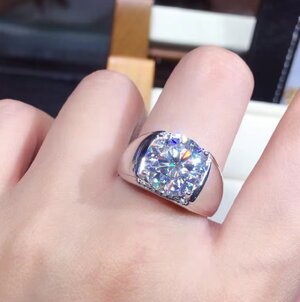
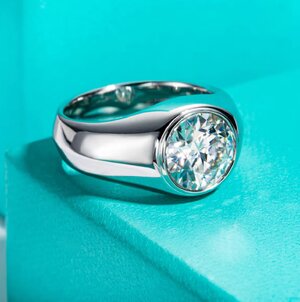
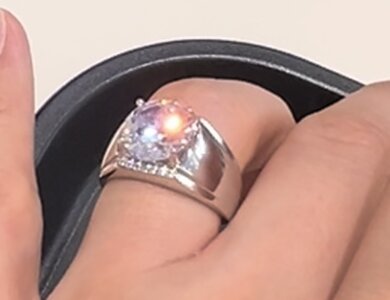
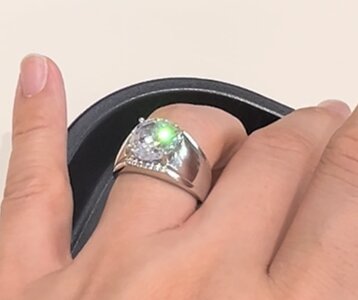
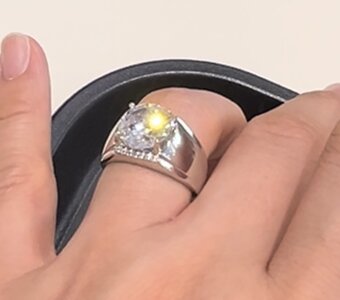
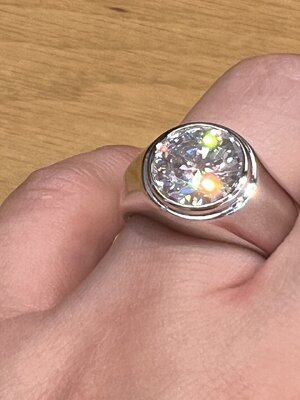
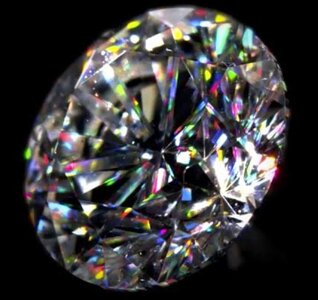
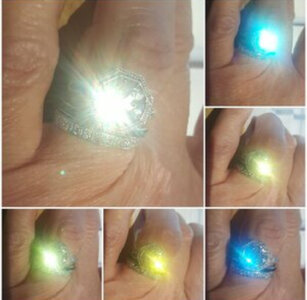


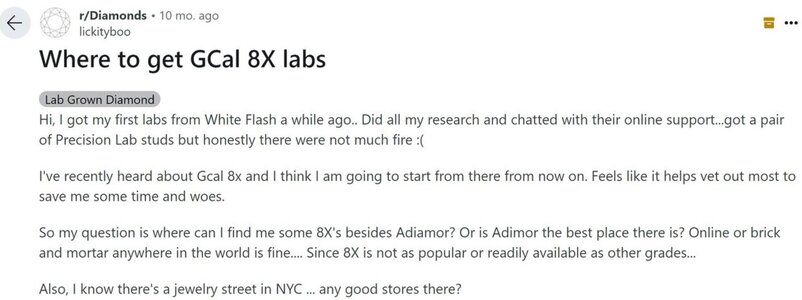


300x240.png)